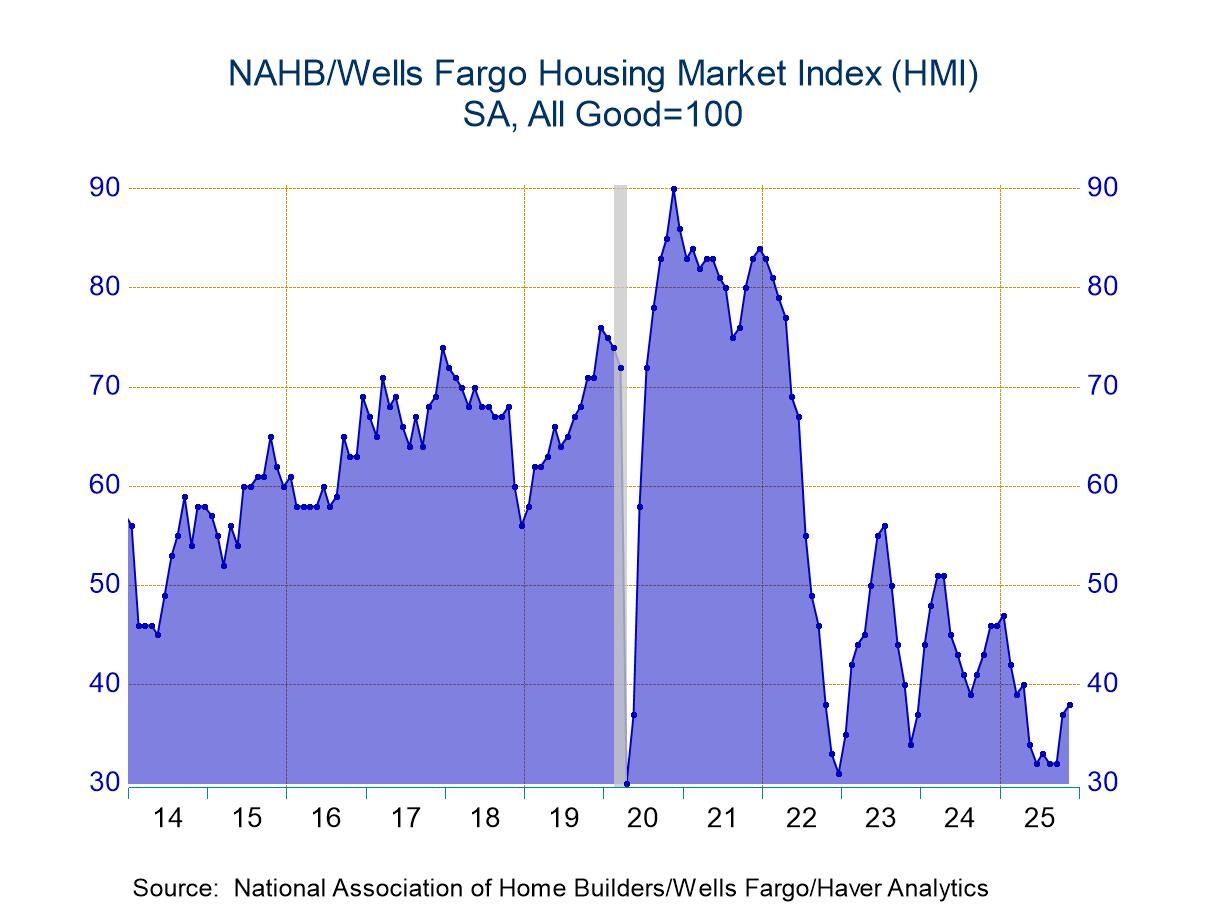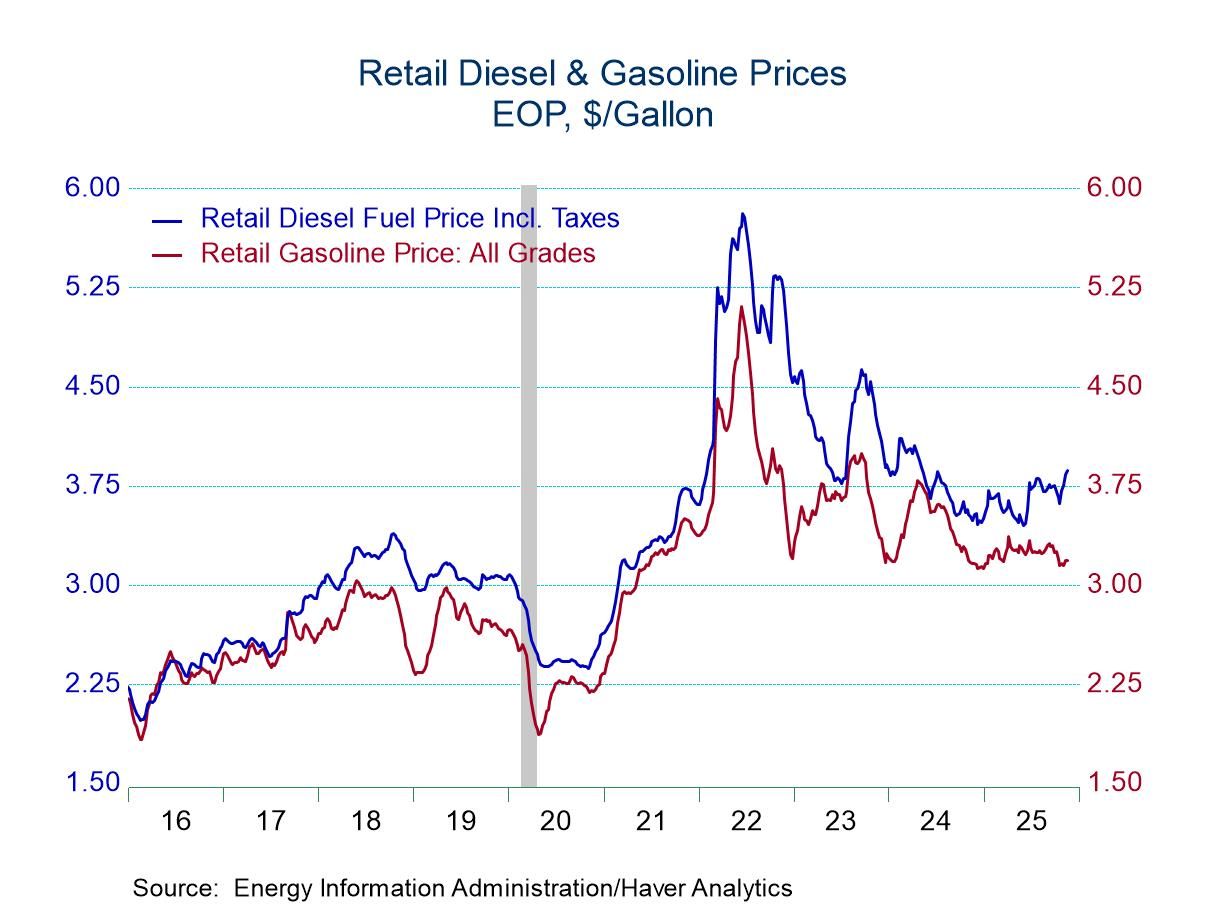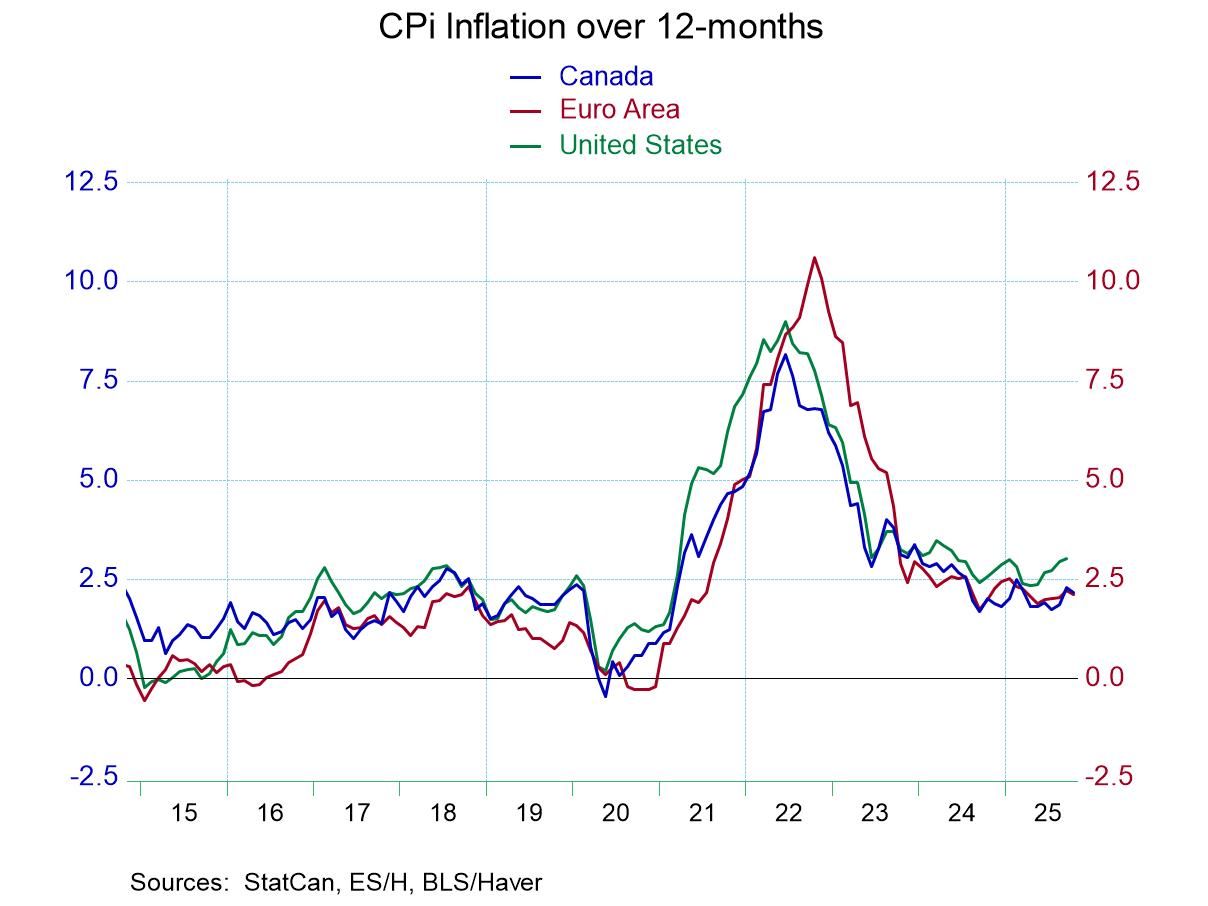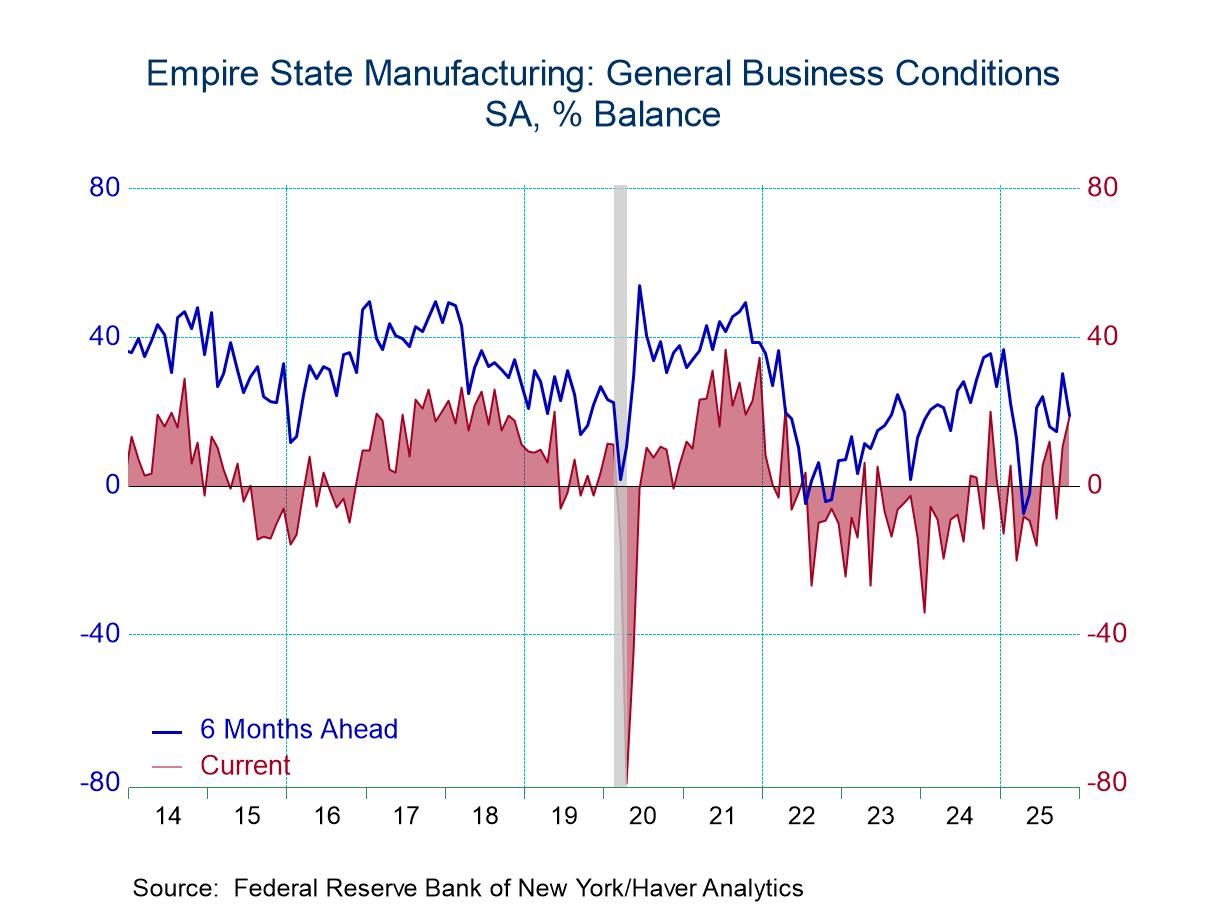 Global| Aug 28 2024
Global| Aug 28 2024US, UK, and EMU Money Supplies Perk Up As Japan’s Sags

EMU Nominal money and credit growth have picked up and stabilized in the EMU. Over three months, EMU M2 growth is up to 2.4% over annualized compared to 1.2% over 12 months. Credit growth in the EMU is up to 2.3% annualized over three months compared to 1.1% over 12 months. It may be slow, but it is progress.
Money and credit growth have also improved over the past year in real terms. But both money and credit growth rates remain negative over all horizons in the table going back three years. There is progress, but this is not really normalcy.
The United States and the United Kingdom The U.S. and the U.K. both show accelerating nominal money growth. U.S. money growth is 3.8% over three months compared to 1.3% over 21 months. U.K. money growth is at 2% over three months compared to 0.8% over 12 months; it has also slowed over three months compared to six months.
Both U.S. and U.K. real balance growth rates have emerged to post not only stronger growth rates over three months compared to 12 months but also to post positive rates of growth over both three-month and six-month horizons.
Japan Japan is the ‘odd man out’ in this process as it is in a different portion of its business cycle. Both the EMU and the U.K. have begun easing and the U.S. has just announced that it will be heading down that path. But in Japan, the BOJ has had two rate hikes. Its nominal money growth has turned negative over three months and has decelerated from 12-months to 6-months to 3-months. Real money balances in Japan show deepening weakening and negative growth rates on all horizons in the table. Japan still has a heavy dose of braking in train while the central bank has been trying to unwind its easing posture from the pandemic and from its previously longer fight against deflation. Japan’s money slowdown looks like more substantial braking than what you would judge from overnight interest rate adjustments that the BOJ has made.

Summing up Realizing that Japan is in its own world with special problems, the rest of the countries in the table seem to be riding the same wave. However, this ride has been enabled by central banks easing rates which in turn was enabled by falling inflation. But inflation has been less prone to fall in recent months. That makes the path forward for policy more speculative. It is what everyone will be watching. All eyes are on central banks, but before that, we know the steps they take will depend on inflation and inflation has become less supportive for further rate cuts. So… keep an eye out for what happens next- inflation trends are now front and center.
Robert Brusca
AuthorMore in Author Profile »Robert A. Brusca is Chief Economist of Fact and Opinion Economics, a consulting firm he founded in Manhattan. He has been an economist on Wall Street for over 25 years. He has visited central banking and large institutional clients in over 30 countries in his career as an economist. Mr. Brusca was a Divisional Research Chief at the Federal Reserve Bank of NY (Chief of the International Financial markets Division), a Fed Watcher at Irving Trust and Chief Economist at Nikko Securities International. He is widely quoted and appears in various media. Mr. Brusca holds an MA and Ph.D. in economics from Michigan State University and a BA in Economics from the University of Michigan. His research pursues his strong interests in non aligned policy economics as well as international economics. FAO Economics’ research targets investors to assist them in making better investment decisions in stocks, bonds and in a variety of international assets. The company does not manage money and has no conflicts in giving economic advice.






